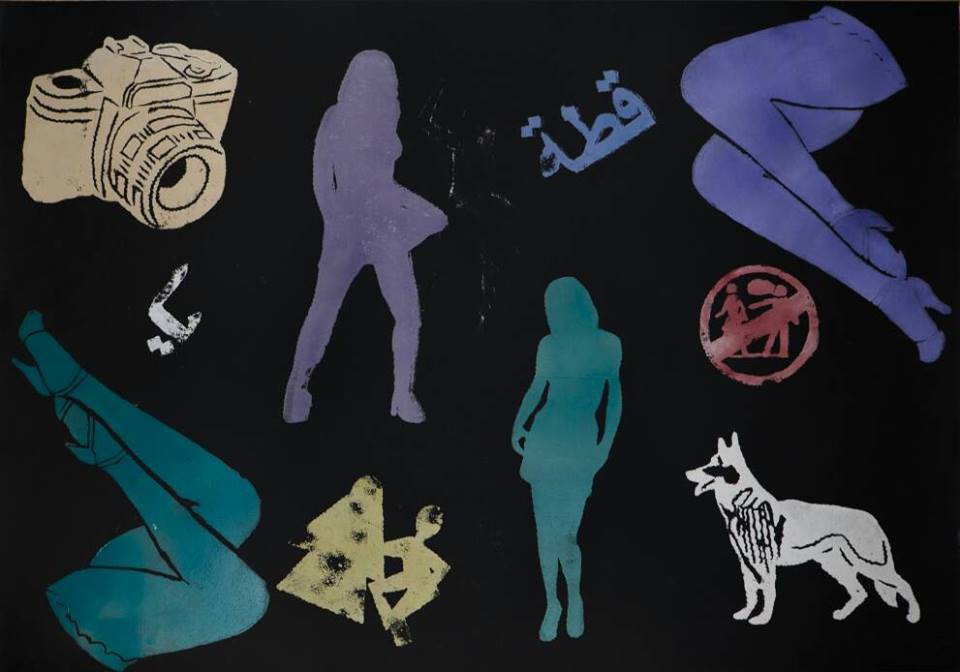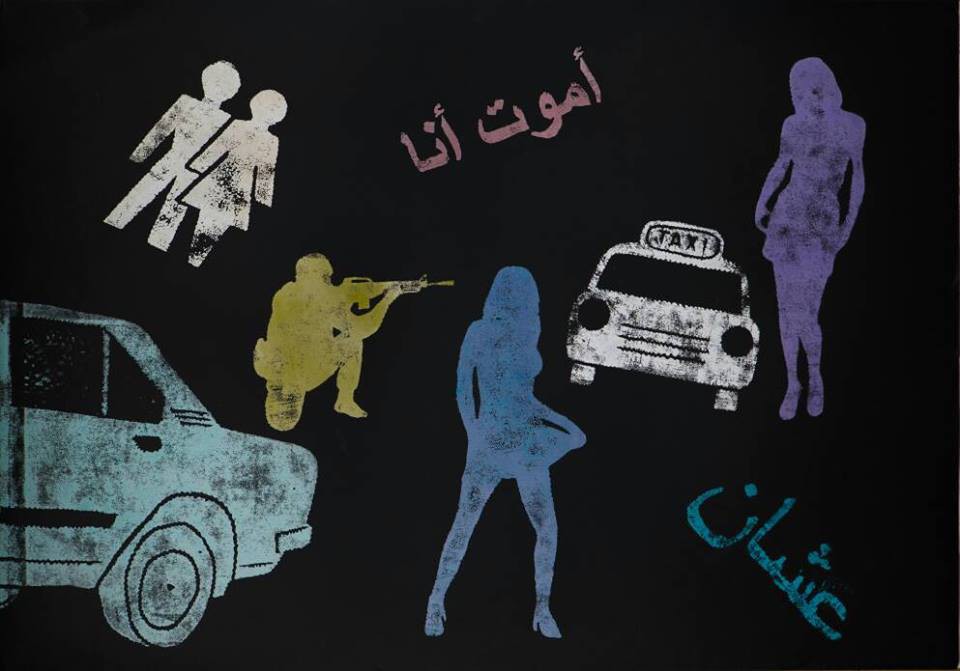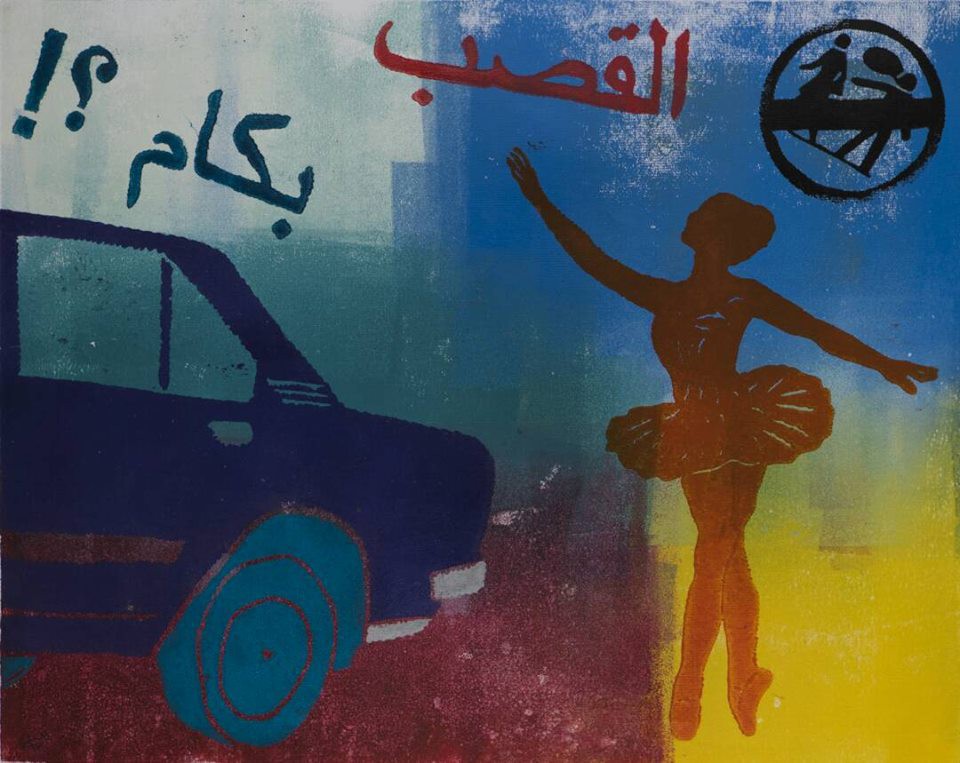Of all our society’s ugly truths, sexual harassment is usually on top of the list. It is not just something we don’t want to see, it is something we don’t want to believe. And yet here comes daring artist Sayed Abla, demanding that we face the facts no matter how harsh they can be.
As a Male Egyptian artist, how did you first get interested in tackling sexual harassment through your art?
Frankly I was challenged because of an incident that happened with my ex-girlfriend. She lived in Cairo and I lived in Fayoum, one time we were on the phone and a deliveryman on the motorcycle harassed her so she hung up with me and chased him down to where he worked so she can inform them about the incident. The whole idea emerged from here, I was miles away from my girlfriend, I couldn’t do anything about this particular incident but I thought of all the ways I can help.
How did you reflect your frustration about the issue in your art?
I spent two years gathering information about harassment statements that are commonly said to women and then I drew about them and I tried to be as reflective and transparent as possible about the truth whilst adopting the perspective of a harasser. I later did an exhibition in Darb 1718 showcasing my work but I failed to reach my target audience and instead I got well-educated intellectuals and artists who weren’t the people I aimed to reach. Later I tried carrying out another exhibition at the metro station but because of security reasons that wasn’t possible.

Who were you targeting?
Mainly the street, but not just a particular social class because sexual harassment isn’t related to social or economic status. It is a culture. I wanted to target all the people that would never go see an exhibition.
Do you think Egyptians generally lack an appreciation for art?
Definitely, because they weren’t taught to enjoy or appreciate art. The majority go to public schools, where they are forced into drawing about only three topics; the 6th October, Eid, and Easter every single year.
The exhibition was carried out in Darb 1718, a non-profit space so the purpose clearly wasn’t sales. What was your purpose?
The exhibition was solely funded by me. I spent so much money on it at a time when money isn’t a provided facility. The first drawing I worked on read “Leave her alone” but then I realized that I wanted to be transparent but not defensive. I wanted to tell people “this exists, this is our reality, solve this mess!” As an artist, I am not expected to solve a societal catastrophe, my job is to portray it, to highlight it!
Don’t you think that some of your pieces include very harsh statements? How do you think this affected your audience especially females?
I am fully aware of that. A fair share of females escape the truth because it scares them, they don’t want to believe that our society is that dark, that ugly. And this is our problem as Egyptians in general we tend to avoid what we fear.

Do you think art has the power to influence people’s perceptions?
Absolutely but indirectly. You can change people’s perception of women and you can change women’s very own perceptions of themselves through art. The issue is much bigger than harassment and it should take time but it is possible.
What inspires you?
Society in general inspires me. Currently I am working on a new exhibition about psychological disability. It tackles youth’s disappointment; how people no longer have the will to work and the widespread fear and depression amongst people.
Can you make a living through your Art?
Currently no, I am just a beginner so of course I have to have another job on the side. Also these days in Egypt there is a passive attitude towards art which slows down the process of buying and selling, not to mention the expensive materials and the economic struggle.

